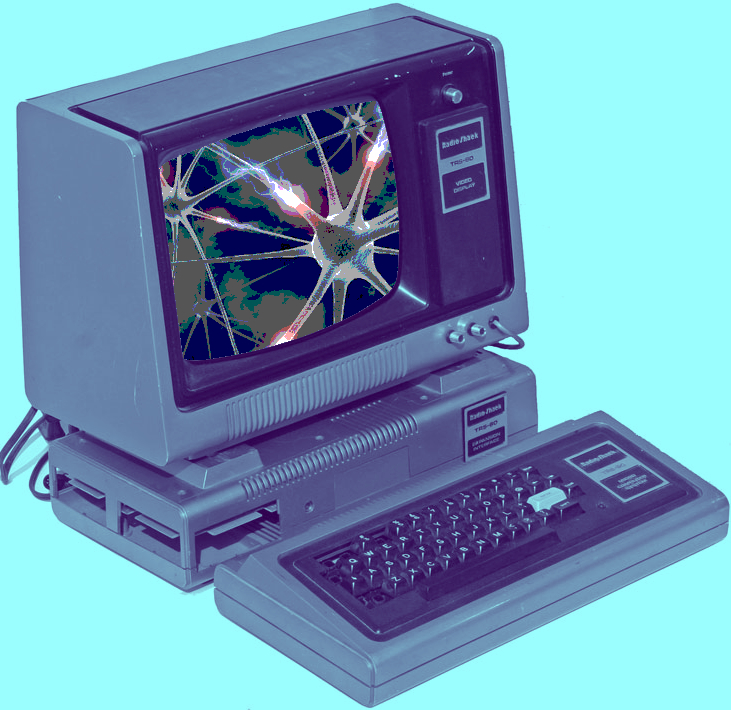Next-gen memory reviewed
 Experts are looking beyond binary for the next generation of multi-state memory.
Experts are looking beyond binary for the next generation of multi-state memory.
With 8 per cent of global electricity already being consumed in information and communication technology (ICT), low-energy data-storage is a key priority.
To date there is no clear winner in the race for next-generation memory that is non-volatile, has great endurance, highly energy efficient, low cost, high density, and allows fast access operation.
A joint international team has comprehensively reviewed ‘multi-state memory’ data storage, which steps beyond binary to store more data than just 0s and 1s.
Multi-state memory is an extremely promising technology for future data storage.
It is hoped that it will circumvent the plateauing of benefits historically offered by ‘Moore’s Law’, where component size halved about every two years.
In recent years, the long-predicted plateauing of Moore’s Law has been observed, with charge leakage and spiralling research and fabrication costs putting the nail in the Moore’s Law coffin.
But non-volatile, multi-state memory (NMSM) could reanimate old Moore.
Multi-state memory also enables the proposed future technology neuromorphic computing, which would mirror the structure of the human brain.
This radically-different, brain-inspired computing regime could potentially provide the economic impetus for adoption of a novel technology such as NMSM.
This new paper in the journal ACS Applied Materials and Interfaces reviews device architectures, working mechanisms, material innovation, challenges, and recent progress for leading NMSM candidates, including flash memory, magnetic random-access memory (MRAM), resistive random-access memory (RRAM), ferroelectric random-access memory (FeRAM) and phase-change memory (PCM).







 Print
Print